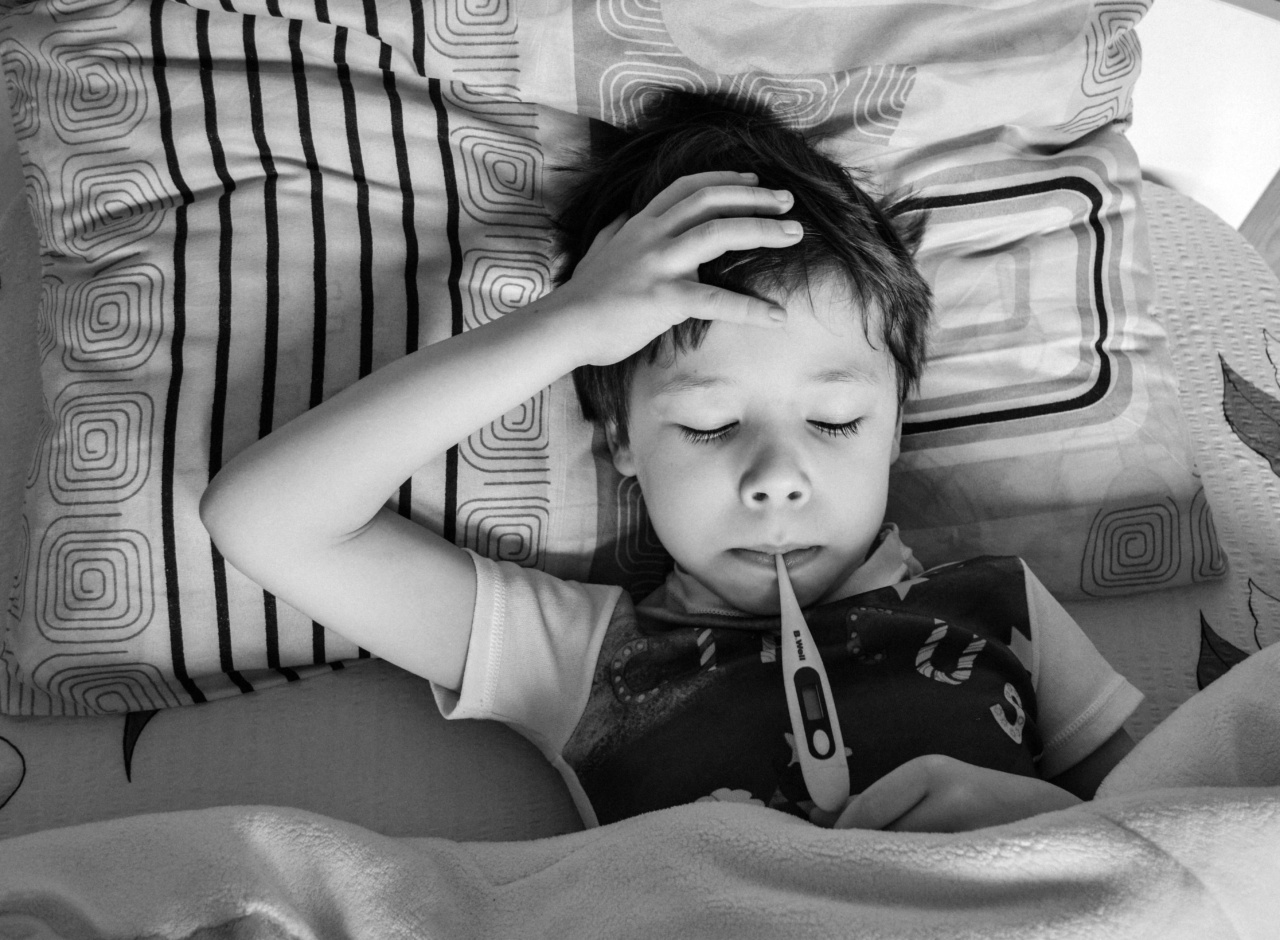Headaches are a common problem in children and can have various causes and triggers.
According to pediatrician Marialena Kyriakakou, it’s crucial for parents and caregivers to understand the different types of headaches, their symptoms and treatment options to help children manage them effectively.
What are the types of headaches in children?
There are several types of headaches that children may experience, including:.
- Tension headaches: This is the most common type of headache in children. Tension headaches usually manifest as a dull, band-like pain that occurs on both sides of the head and may be accompanied by neck pain.
- Migraines: Migraines are recurring headaches that are often characterized by intense pulsing or throbbing pain on one side of the head, along with other symptoms such as nausea, vomiting, sensitivity to light and sound, and visual disturbances.
- Cluster headaches: Cluster headaches are rare in children but can cause excruciating pain that occurs on one side of the head, usually around the eye. Other symptoms may include redness and tearing of the eye, stuffy nose, and sweating.
- Sinus headaches: Sinus headaches are caused by inflammation of the sinuses and can cause pain in the forehead, cheeks and nasal area. Children may also experience other symptoms such as congestion, cough, and fatigue.
- Rebound headaches: Rebound headaches can occur when a child takes pain medication frequently for headaches and then stops taking it suddenly. The headache can be worse than the original headache or occur more frequently.
What are the causes of headaches in children?
Headaches in children can have various causes, including:.
- Genetics: Children with a family history of migraines or tension headaches may be more likely to suffer from headaches themselves.
- Stress and anxiety: Children who are under stress or experiencing anxiety may be more prone to tension headaches.
- Dietary triggers: Certain foods or drinks, such as chocolate, caffeine, and monosodium glutamate (MSG), can trigger migraines in some children.
- Sleep disturbances: Lack of sleep, oversleeping, or disrupted sleep patterns can contribute to headaches in children.
- Medical conditions: Certain medical conditions, such as sinus infections, ear infections, and head injuries, can cause headaches in children.
How are headaches in children diagnosed?
To diagnose headaches in children, a pediatrician will typically take a detailed medical history, perform a physical exam, and may order tests such as blood tests, imaging scans, or neurological tests if necessary.
What are the treatment options for headaches in children?
Treatment options for headaches in children depend on the type and cause of the headache. According to pediatrician Marialena Kyriakakou, some common treatment options include:.
- Over-the-counter pain medication: For mild to moderate headaches, over-the-counter pain medication such as acetaminophen or ibuprofen can provide relief.
- Prescription medication: For more severe or frequent headaches, a pediatrician may prescribe medication such as triptans, antidepressants, or beta blockers to prevent or manage headaches.
- Relaxation techniques: Techniques such as deep breathing, meditation, or biofeedback can help children with tension headaches to relax and reduce pain.
- Lifestyle changes: Encouraging children to maintain consistent sleep patterns, eat a healthy diet, and reduce stress can help prevent headaches.
When should parents seek medical attention for their child’s headaches?
Parents should seek medical attention if their child experiences any of the following:.
- Headaches that are severe or persistent: If a child’s headache is severe, lasts more than a day, or is accompanied by other symptoms such as seizures, difficulty walking, or memory loss, it is important to seek medical attention immediately.
- Changes in behavior: If a child’s behavior changes suddenly or if they experience confusion, dizziness, or irritability along with a headache, medical attention should be sought.
- Headache after head injury: If a child experiences a severe headache after a head injury, they should be evaluated by a healthcare professional.
Conclusion
Headaches are a common problem in children, and there are various types and causes. Understanding the different types of headaches, their symptoms, and treatment options can help parents and caregivers manage headaches in children effectively.
If your child is experiencing headaches, it’s important to seek medical attention if the headaches are severe, persistent, or accompanied by other symptoms.





























